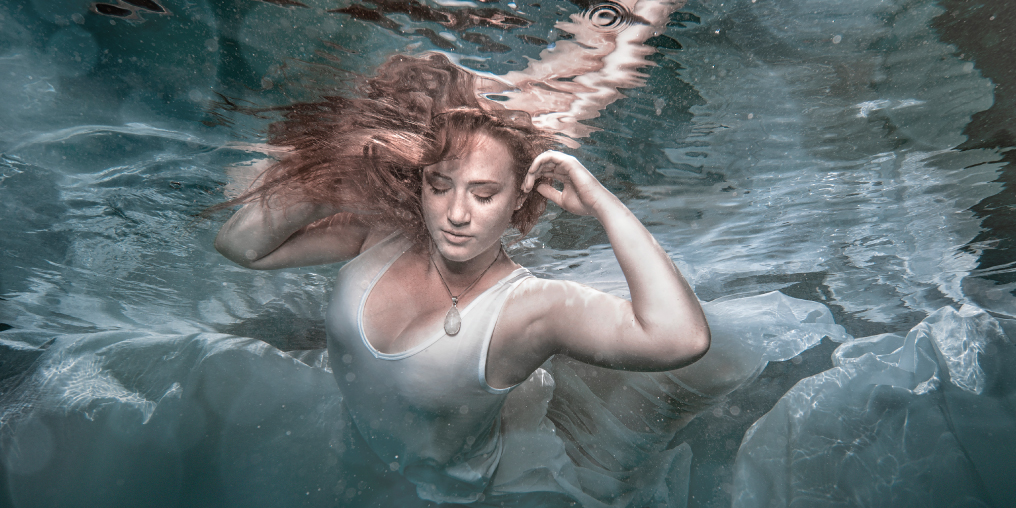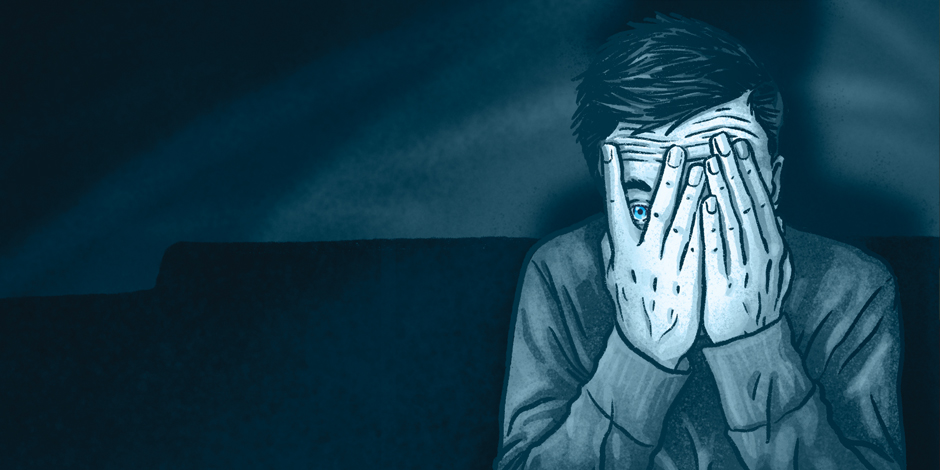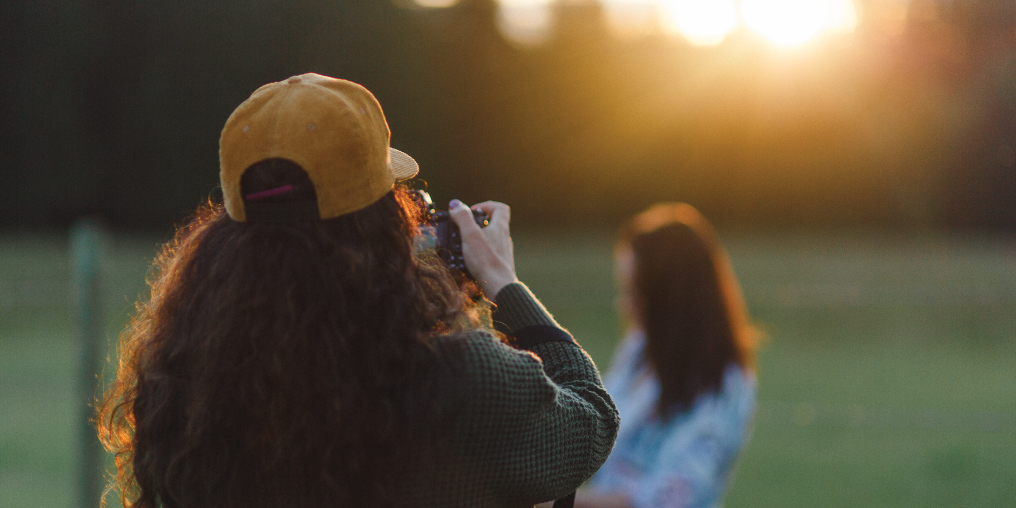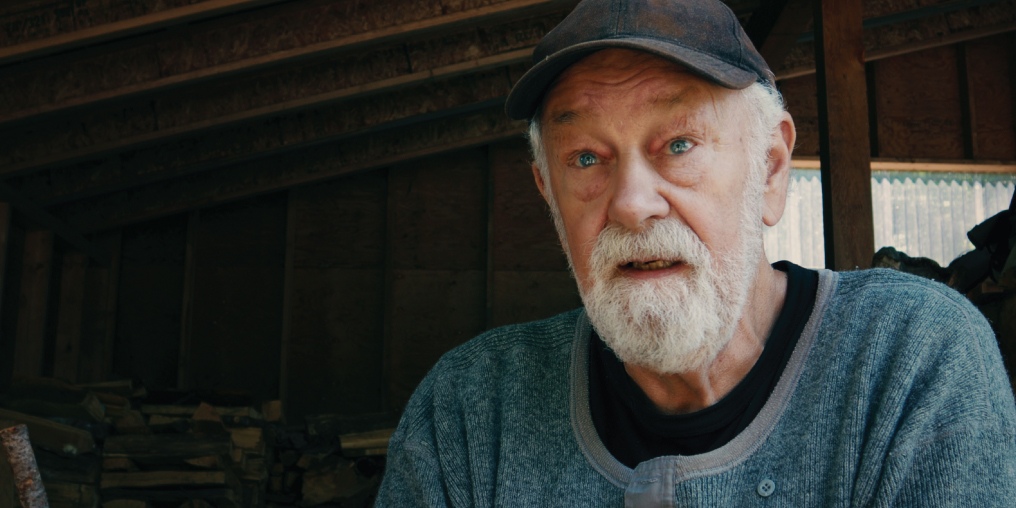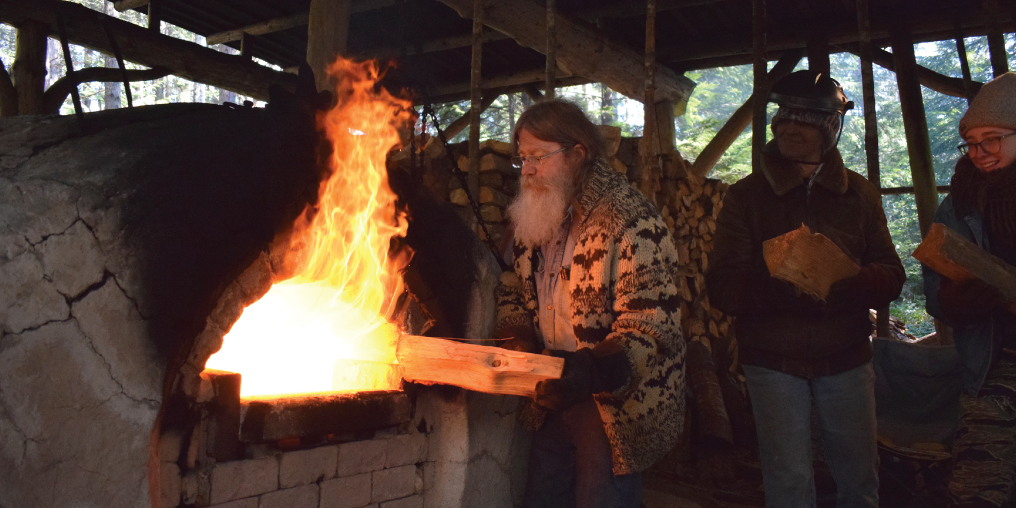“Now gently let your breath out and slip beneath the surface. I’ll go under first and be ready for you to join me.”
It’s as exciting for me as it is for my subject to be doing an underwater shoot. Plus, an excited body holds air, making it very difficult to sink. So, although it takes some practice, the first thing we do together is learn how to control breath and movement.
It’s counter-intuitive, but long breaths aren’t necessary. When people extend their breath beyond the comfort zone, it shows on the face. They start to pinch up around the mouth and it’s not very pretty.
You might think swimming down is the answer, but the erratic movement of swimming, coupled with the fleeting 10- to 20-second window for a shot, make this too frenetic (unless a swimming shot is what you want).
The goal is an image that’s calm, serene, and relaxed.
I learned to scuba dive in Okanagan Lake during the winter of 2001. There were three inches of snow on the beach and only half the class finished because it was too cold. A month later, I was in the warm waters off Cozumel, Mexico, with a disposable film camera, trying to capture images of the amazing wildlife. I was lucky the camera didn’t implode; it was rated to 15 feet and I took it down past 60.
I fell head over heels in love with the underwater environment. I bought all the gear and logged a hundred hours below the surface, and I still couldn’t get enough. I was past the “learning to dive” stage and well into the “needing a purpose while diving” stage. Some people go deeper, some take up underwater jobs like welding. I picked up a camera and never dive without it.
Since then, many hundreds of hours under water have granted me a point of view unlike that of the average human. I get to see the surface from below—through the veneer that separates air and water.
In 2013, I created a series titled “Impossible Worlds,” which relates to the harmony between humans and water, and the portal through which our world of water and air are joined.
Through these images, I sought to evoke a sensation of grace—of being weightless and present in the moment—in an environment we can only visit for a transitory interval, a brief sojourn.
My subjects were fellow water lovers. Many of the models I invited are dancers; all are mermaids at heart.
I shot the series at places like Nymph Falls and Browns River Falls, which have gorgeous green, wild-water pools shallow enough to touch bottom. Ohspa generously allowed me to use their outdoor heated pool when our short summer season meant that wild-water shoots were no longer possible. Because it doesn’t take long for a waterlogged dress to become an anchor, I made wrap skirts and scarves out of light materials that sink well.
Creating this series, in an element that holds the utmost importance to human survival, was an experience like no other. When we first slipped beneath the surface, we left behind the spoken word and relied only on what we knew in that moment. Everything narrowed down to the sound of our own beating hearts and the feeling in our lungs as we challenged our bodies for time without breath. Our attention was focused on the immediate. We became keenly aware of our limitations within this environment.
In the moment just before I had to surface and fill my lungs, I would look up and see the world through the portal, all distorted and yielding. It was here that I created scenes, in a single moment of synchronicity between the subject and myself.
In this decisive moment, I would release the shutter and capture the harmony as it unfolded… the moment where I had entered an “Impossible World.” If I stir unexpected thoughts and feelings in you, my dear viewer, then I have accomplished my intention as an artist.
Welcome to my world.
WORDS & PHOTO BY
Lisa Graham, Seadance Photography





